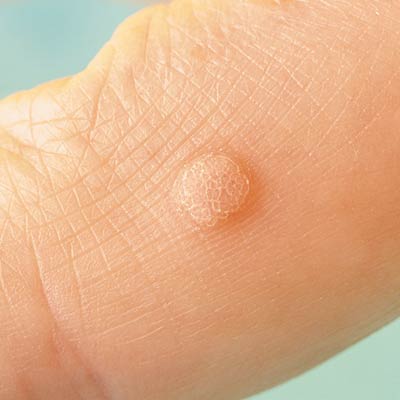How to Freeze a Wart with Liquid Nitrogen

Warts are noncancerous lumps on the skin’s surface. Typically, they are caused by HPV or human papillomavirus. Warts can result in discomfort around the affected area but common warts including flat and plantar warts are usually harmless. Other types of warts may be harmful, leading to serious health problems. Condylomata and venereal warts are a sexually transmitted disease. Luckily, medical science can treat both types of warts and you should consider consulting your doctor as soon you spot a wart on your skin. Warts can be removed by using a method called Cryotherapy, which includes liquid nitrogen that freezes the warts.
Instructions
-
1
Although the Cryotherapy technique is a recommended therapy for treating warts, it is advised to consult your doctoring to determine what kind of warts have developed on your skin and what is the best treatment option for their removal. Common warts including plantar warts will disappear over time without requiring any medical treatment. Genetic warts are a more serious problem and therefore your doctor is likely to prescribe tropical creams and response booster. Your doctor will discuss the available treatment options that you can then select the best method.
-
2
Although applying liquid nitrogen for wart removals sounds easy and does not require any special preparation, it is generally performed in a hospital or your doctor’s clinic. If you have multiple warts on your skin, the doctor is likely to apply nitrogen on and around each wart to freeze them. The warts are then allowed to defrost. They could be frozen for the second or third time if needed. The number of times your doctor will freeze the warts using liquid nitrogen depends on the type of warts and density and size of each wart. Do not be scared when liquid nitrogen is applied on your skin as the treatment is not painful at all.
-
3
Although the liquid nitrogen can be used to remove the warts, it cannot break the HPV virus that caused the warts. Occasionally, liquid nitrogen removal method can cause scarring. There is nothing to worry about though as this will disappear over time.
-
4
Healing can take two to three weeks. Healing time also depends on the type of warts and quantity of liquid nitrogen applied on each wart. You may feel irritation, mild pain, swelling and soreness in the affected area. If this is the case, ask your doctor to prescribe medicines to combat these problems.




